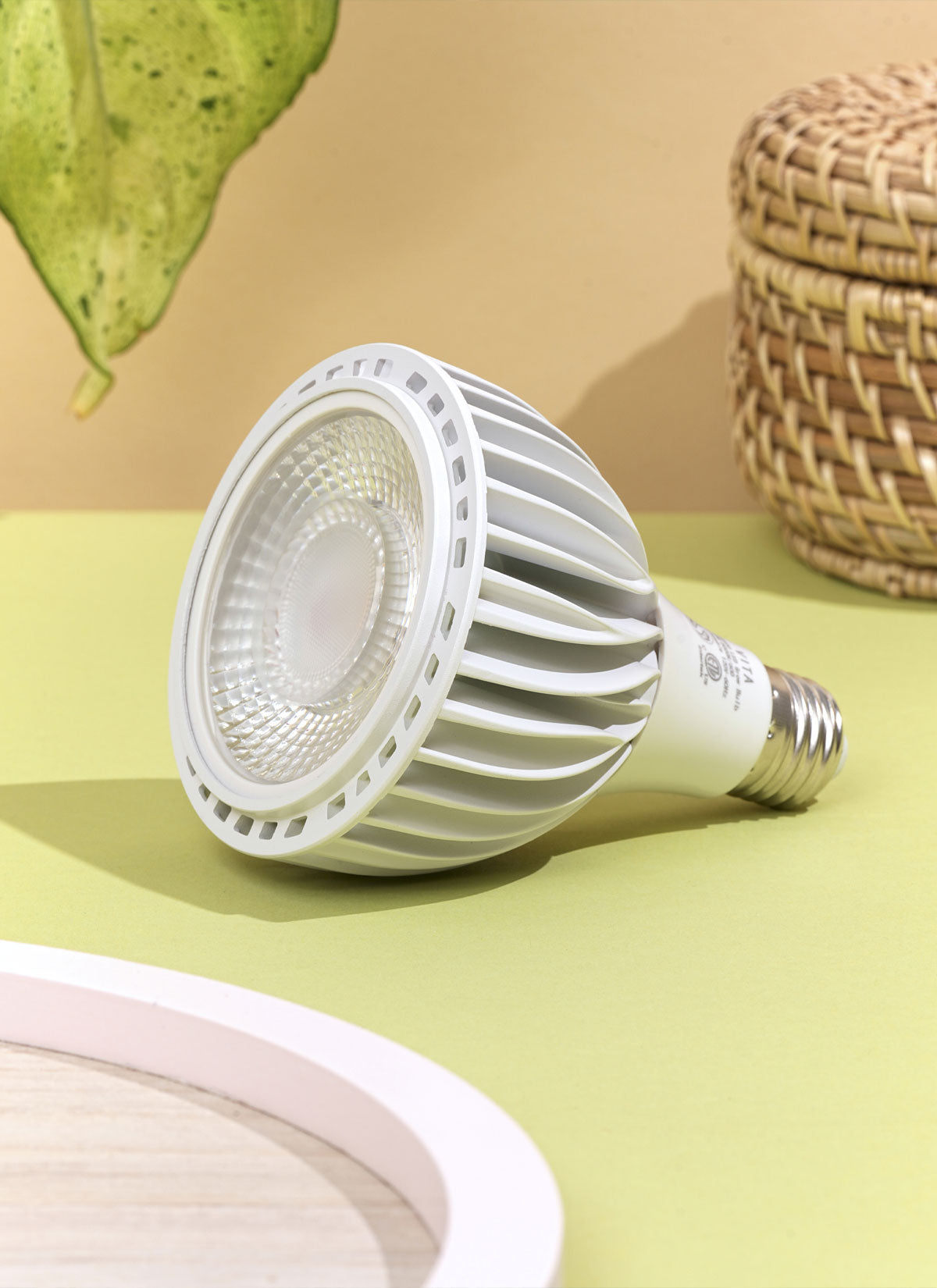Quick Tip: Water until water comes out of drainage holes. Allow top 2 inches of soil to completely dry between waterings.
The watering method for indoor amaryllis plants requires a bit of care and attention. These plants prefer to be kept evenly moist but not waterlogged, so it's important to monitor the soil moisture level and water as needed. It's best to water amaryllis plants with room temperature, non-chlorinated water, as they are sensitive to chemicals in tap water. When watering, be sure to thoroughly saturate the soil until water drains out of the bottom of the pot, but avoid leaving the plant sitting in standing water, as this can lead to root rot. It's important to allow the soil to dry out slightly between watering, but be careful not to let the plant wilt, as this can cause damage. In general, amaryllis plants need more water during the growing season when they are actively growing and flowering, and less water during their dormant phase. It's important to monitor the plant's response to the watering schedule and adjust as needed based on environmental conditions and the plant's growth stage. With proper care, amaryllis plants can produce stunning blooms and add a burst of color to any indoor space.




















